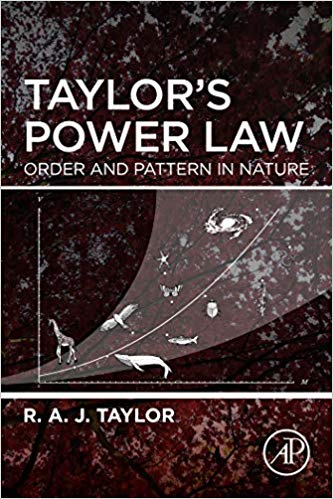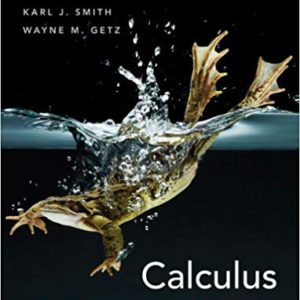Taylor’s Power Law: Order and Pattern in Nature (PDF) is a broad synthesis of this ubiquitous property of natural and man-made phenomena. This stimulating and approachable work surveys the non-biological and biological empirical data describes the statistical uses of Taylor’s power law (TPL) and its relationship to statistical distributions, exposes the mathematical connections to other power laws, covers the competing explanatory models; and develops an argument for TPL’s genesis.
Taylor’s power law relates the variability of a process or population to its average value. It was first described in relation to insect populations and then more broadly to other animal and plant populations. Subsequently, it has been recognized in genetics, microbiology, astronomy, economics, physics, and computer science, and it is thought to be one of the few general laws in ecology where it is routinely used to describe the spatial and temporal distributions of populations.
Biologists who know the law as Taylor’s power law and physical scientists who know it as fluctuation scaling will be interested in the bigger picture on this fascinating subject. As the relationship between variance and mean is found in so wide a range of disciplines, it seems possible it is a deep property of number, not just a phenomenon in ecology as was thought originally. Although theories abound that purport to explain or predict TPL, none is entirely satisfactory either because it fails to be very predictive, or it does not account for all the available empirical data. To uncover such a property requires a synthesis across disciplines, an acute need that is approached by this exciting work.
- Provides a single reference describing the scope, properties, and limitations of Taylor’s power law
- Reports the analytical, empirical, and theoretical work without opinion and ends with a critique of the work in order to develop a synthesis
- Collects together thoughts and suggestions of the hundreds who have written and speculated about Taylor’s power law in order to review examples (and counter-examples), as well as examine the various models developed to account for it






Reviews
There are no reviews yet.